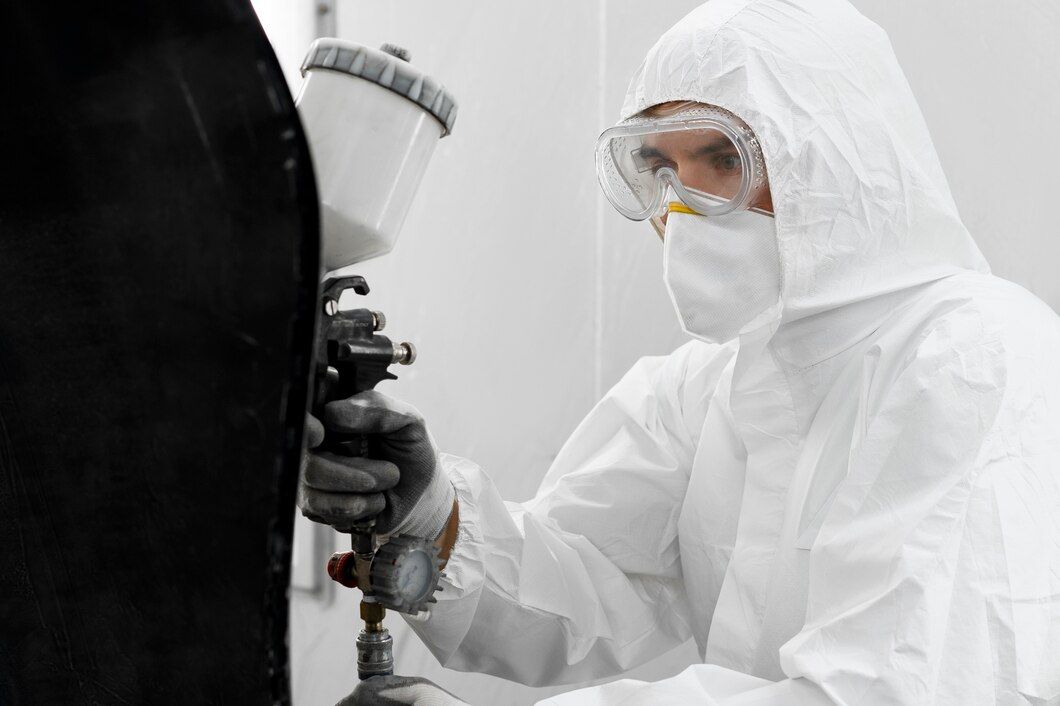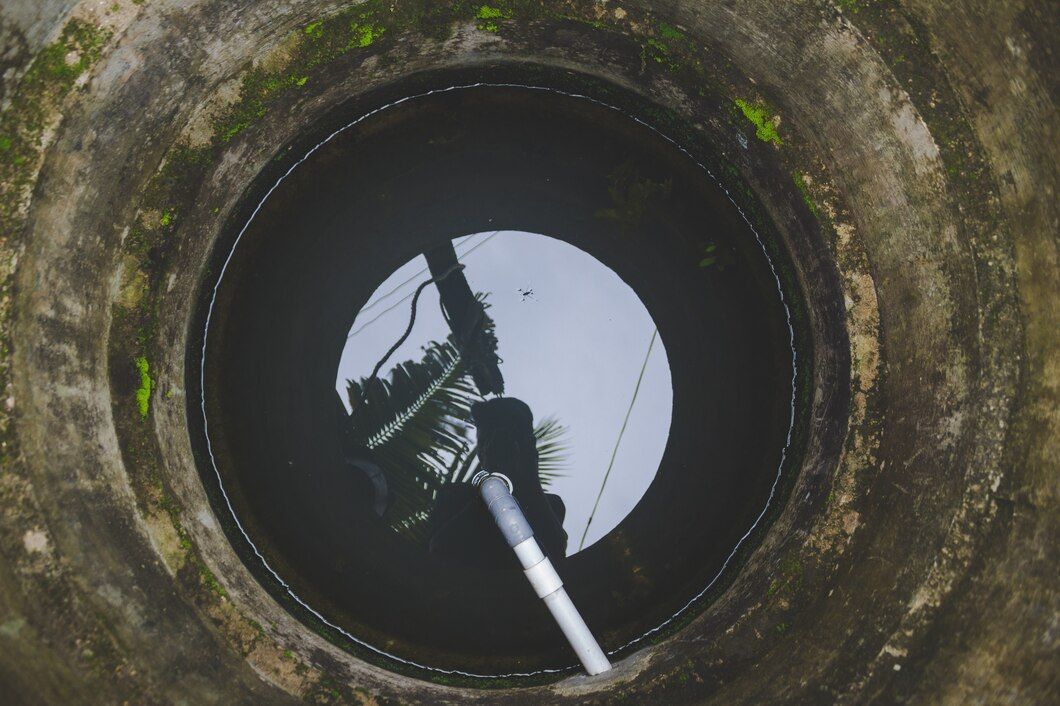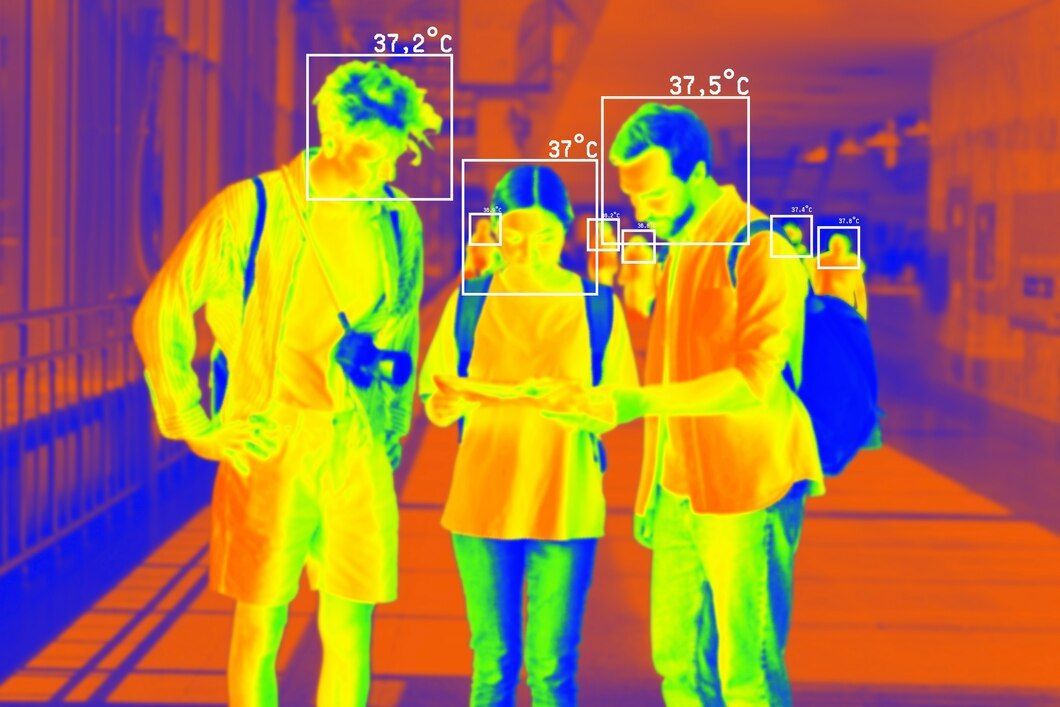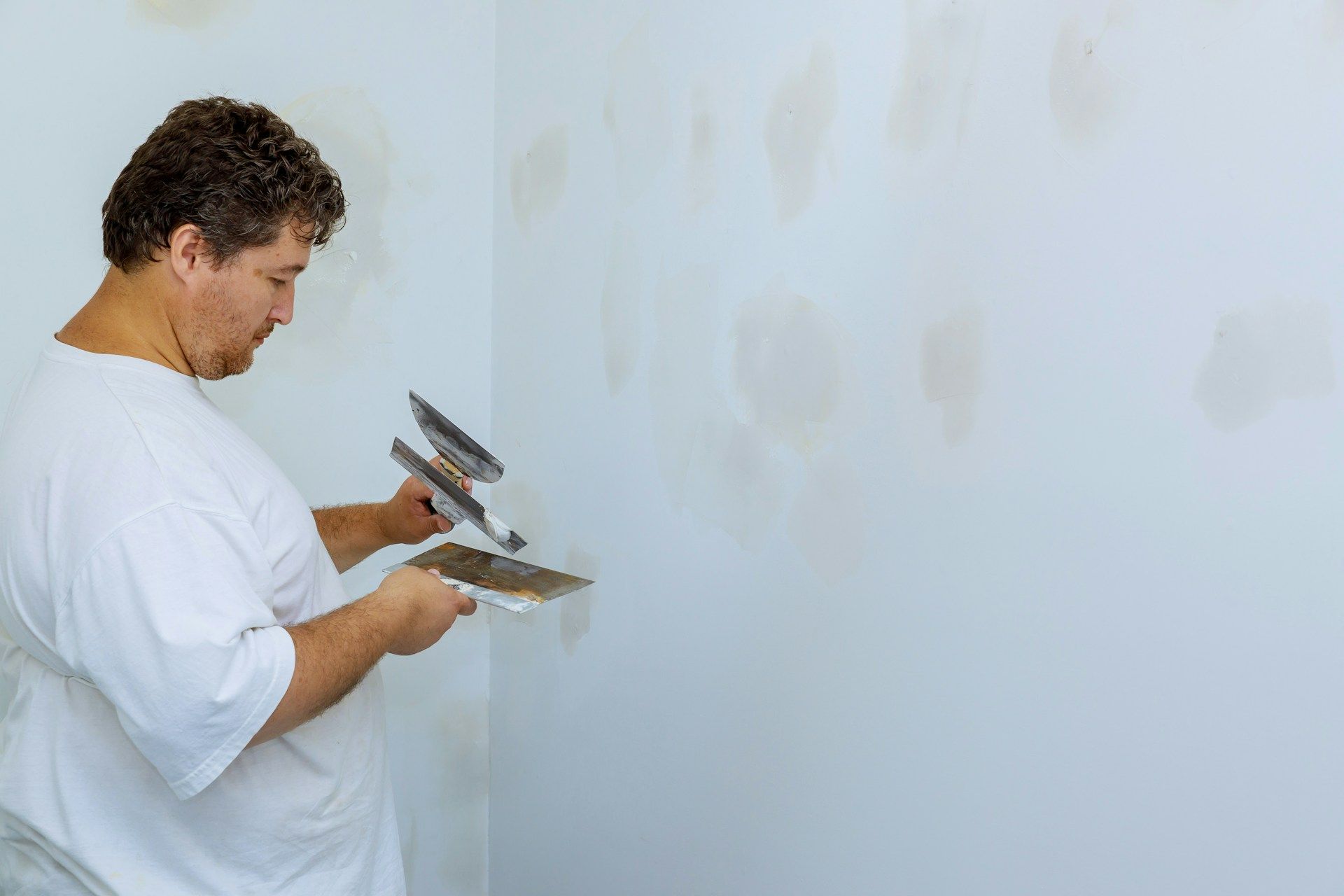Uncover Hidden Issues with Thermal Imaging in Home Inspections

Buying, selling, or maintaining a home involves several critical factors to consider, including addressing potential problems hidden within the property's walls or behind its facade. Thermal imaging, a state-of-the-art technology employed by experienced home inspectors like us at Next Level Home Inspections, provides a non-invasive method to uncover these concealed issues. This cutting-edge tool has become indispensable within the Full Range of Home Inspection Services in Maryland, ensuring that homebuyers, sellers, and homeowners can trust the value and safety of their properties.
Explore the critical role thermal imaging plays in the home inspection process as we delve into common issues it uncovers and the benefits it brings to all parties involved. When you're ready to invest in a home inspection that employs this invaluable technology, schedule an appointment with Next Level Home Inspections to ensure your property is properly assessed and protected.
Common Issues Detected with Thermal Imaging
Thermal imaging technology plays a crucial role in addressing various issues that might otherwise go unnoticed during a traditional home inspection. Some common problems detected using this advanced technology include:
1. Moisture Intrusion and Water Damage
Water infiltration and moisture accumulation can lead to the growth of mold and cause structural damage to a property, which can eventually result in costly repairs. Thermal imaging detects temperature changes caused by moisture or water behind walls, beneath floors, or in ceilings, enabling early identification and repair of these problems.
2. Air Leaks and Insulation Gaps
Inefficient insulation and air leaks can lead to significant energy loss and higher utility bills for homeowners. With thermal imaging, inspectors can identify these gaps and recommend appropriate measures to improve energy efficiency, leading to long-term savings.
3. Electrical Issues
Hidden electrical issues, such as overloaded circuits, faulty wiring, or loose connections, can pose significant safety risks. Infrared thermography detects abnormal heat signatures emanating from electrical components, enabling home inspectors to identify potential hazards before they cause more significant issues.
4. Pest Infestations
Some pests, such as termites, often remain hidden as they damage the wood structures within a property. Thermal imaging allows inspectors to identify infestations by detecting the heat generated by the pests or the temperature variations due to tunnels they create, providing crucial information for pest control measures.
Benefits of Thermal Imaging for Homebuyers, Sellers, and Homeowners
For everyone involved in property transactions or maintenance, thermal imaging offers valuable insights that can save time, money, and prevent future problems:
1. Comprehensive Property Assessment
Thermal imaging allows inspectors to delve deeper into a property, providing buyers, sellers, and homeowners with a thorough understanding of the home's condition. This information can empower property owners to make informed decisions, enthusiastic about their investments.
2. Early Detection of Hidden Issues
Detecting hidden problems early on can save significant time and money by addressing issues before they escalate and cause more extensive damage. Thermal imaging helps to avert expensive repairs, offers peace of mind regarding the property's condition, and provides an opportunity for buyers to negotiate better deals.
3. Energy Efficiency Improvement
Addressing air leaks and insulation gaps can noticeably improve a home's energy efficiency, leading to lower utility bills and a reduced environmental impact. Thermal imaging enables homeowners to identify areas that need attention, creating a more energy-efficient, sustainable, and comfortable living environment.
4. Safety and Health Protection
Hidden electrical problems or mold growth can pose serious threats to the health and safety of property occupants. By identifying these hazards early, thermal imaging allows homeowners to safeguard their well-being, providing peace of mind in knowing that their homes are secure and healthy places to live.
What to Expect During a Thermal Imaging Inspection
When you schedule a home inspection that includes thermal imaging, here's what you can expect:
1. A non-invasive process
Infrared thermography is non-destructive and non-intrusive, meaning it does not damage or alter property surfaces. The inspector simply points the thermal imaging device at the area of concern and analyzes the images to identify potential issues.
2. Accurate and detailed results
Thermal imaging cameras provide high-resolution images that can clearly identify temperature variations caused by hidden issues. Inspectors can then analyze the results and provide a detailed assessment for buyers, sellers, or homeowners.
3. Professional recommendations
After identifying potential problems with thermal imaging, inspectors can suggest appropriate remedial measures, such as insulation upgrades, repairs to electrical systems, addressing water intrusion locations, or targeted pest control measures.
Conclusion
Thermal imaging technology has revolutionized the home inspection process by providing valuable insights into hidden issues that may impact a property's value, safety, and energy efficiency. Empowered by this technology, homebuyers, sellers, and homeowners can make informed decisions, save money on their investments, and ensure that their properties remain in optimal condition for years to come.
Don't settle for anything less than a comprehensive home inspection that includes the power of
thermal imaging. Schedule your appointment with Next Level Home Inspections today to get an in-depth look at your property and the peace of mind you deserve.










